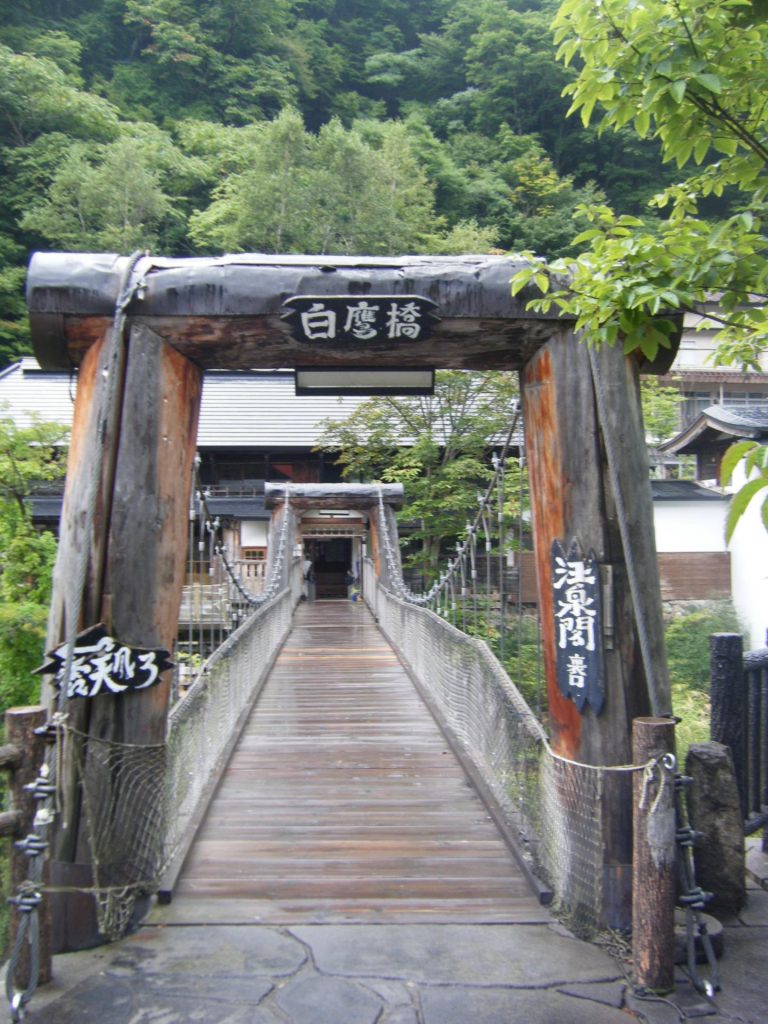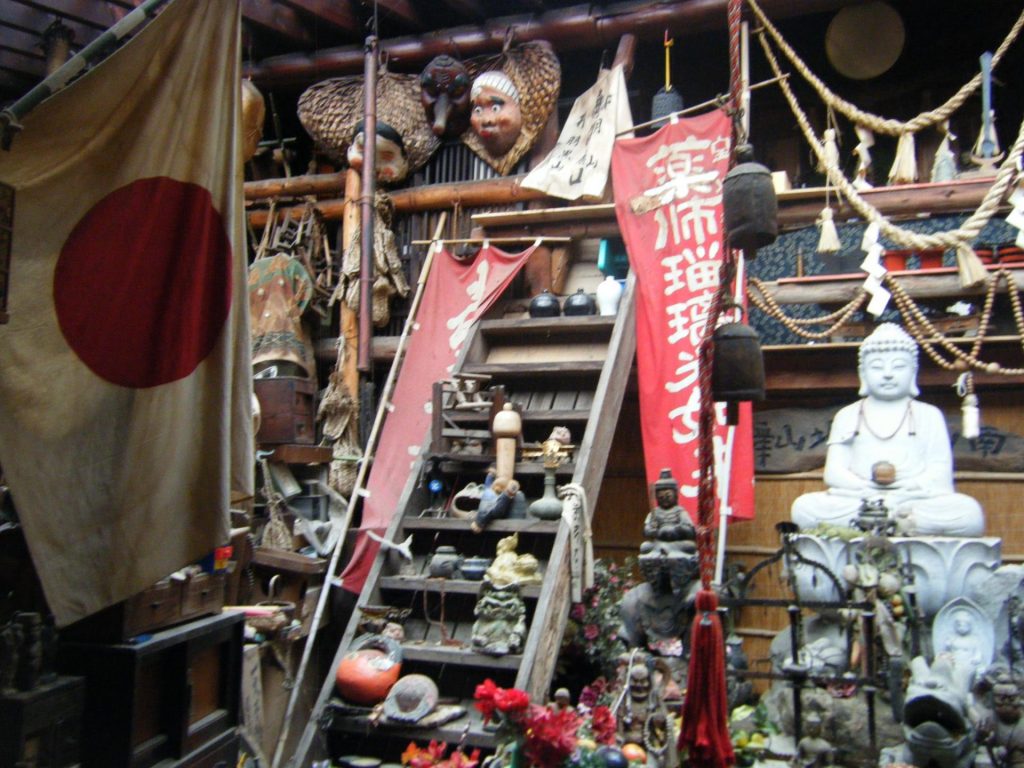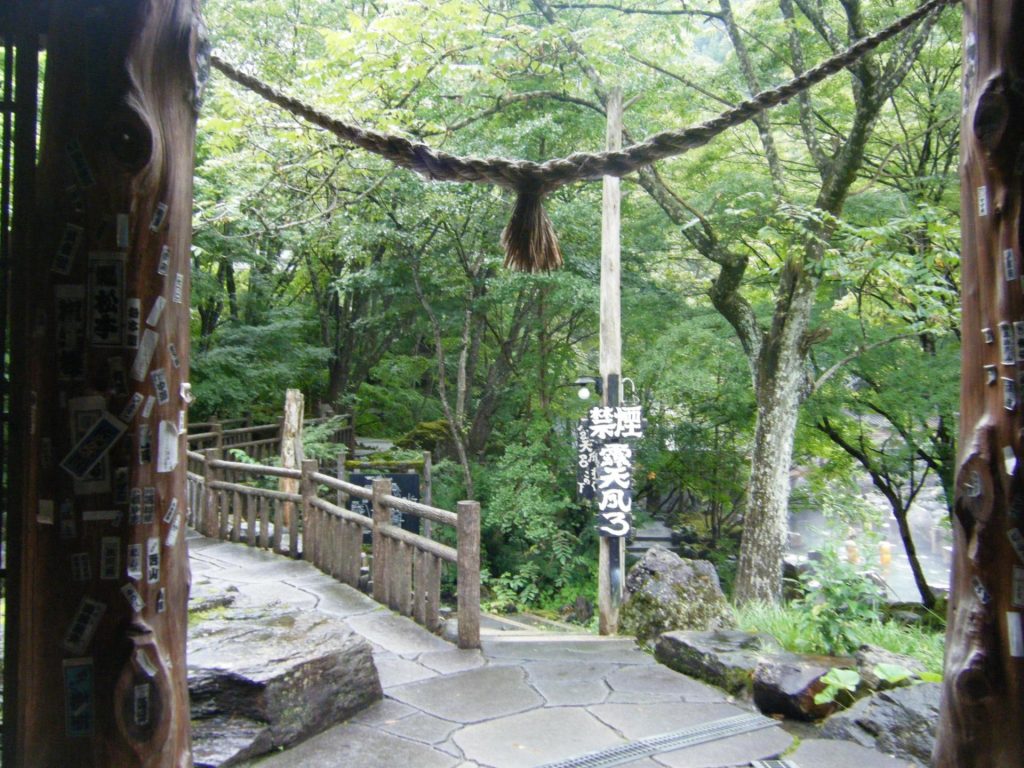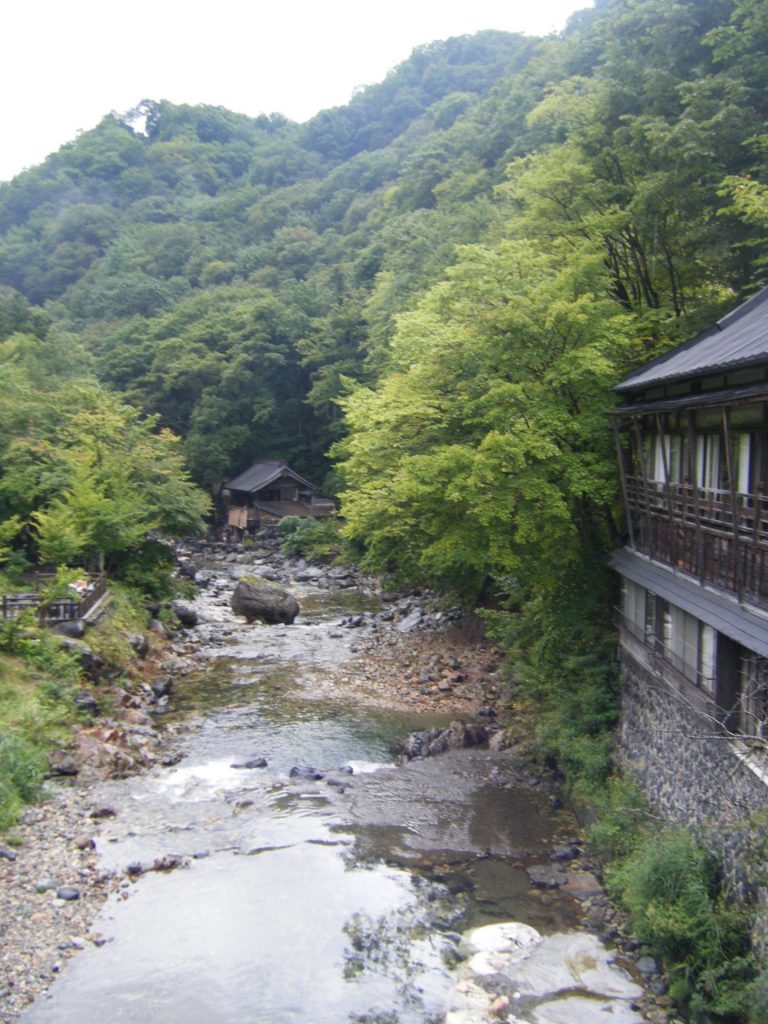
The Naked Stranger is a culture vulture. He loves ancient stories about Japan. He reads them voraciously. Like the famous story of Momotaro the Peach Boy, for example; the legendary boy who was born in a peach. He really loves the way that story brings together that seductive combination of strength-in-the-face-of-adversity and fresh fruit.
Another such hero, Yamato Takerunomikoto, recently came to the attention of the Naked Stranger while in Minakami, Gunma. Searching for a good place to have a soak, your fearless leader picked up a brochure about a local onsen. The place was impressive, but the main selling point was the fact the legendary Yamato had once taken a bath there.
Yamato was no ordinary movie star or baseball player. He was a 2,000-year-old prince renowned for killing his brother before dying himself, then turning into a beautiful white bird and flying away. Now, since the Naked Stranger is particularly fond of that obscure genre of ancient Japanese stories—you know, those involving people with incomprehensible surnames murdering close family members and then escaping through the air—he felt compelled to spring into these sacred waters.
Takaragawa Onsen sits along the Takaragawa River outside of Minakami Town. The riverside baths are spectacular, but the initial experience of walking into the main building is similar to being invited into the house of the crazy cat lady who lived up the street from you when you were a kid.

There are rambling passageways filled from floor to ceiling with dusty bric-a-brac that seem to date back to pre-war Japan. This sense of being lost in some mad woman’s basement is further extenuated when you stumble out of the winding passageways into the bright light of day, only to be greeted by—not cats—but the sight of bears pacing nervously in their small cages.
Once past the bric-a-brac and bears, though, the sight of three massive konyoku onsen (mixed bathing hot springs) comes into view, including the largest rotenburo (outdoor hot spring) in Japan. The beauty of the vista in front of you stands in stark contrast to the circus sadness through which you have just stumbled.

Sitting in the water in a place of such genuine natural beauty, you can see what led Prince Yamato to be attracted to the place. It is hard to be sure what he would have made of the rest, though. Needless to say, Takaragawa Onsen is a unique Japanese experience. Takaragawa Onsen Minakami, Gunma
Takaragawa Onsen

Rating: ★★★★☆
Address:1899 Fujiwara, Minakami-machi, Tone-gun, Gunma-ken 379-1721
Cost: ¥1500 (adults)
Tel: (0278) 75-2611
Web: takaragawa.com
The Upside:
This is the largest outdoor onsen in Japan and offers the quintessential Japanese onsen (mixed bathing) experience. It also has an excellent Website in English.
The Downside:
The entrance fee (¥1,500) is a little expensive. There are no men-only options in the outdoor bath for those who guard their privacy. If the sight of bears in cages offends you, this also may not be the onsen for you.
The Bare (Bear) Facts:
• Takaragawa Onsen, in its current form, was established in 1940, but people may have been using these waters since the Jomon Period (14,000 B.C. to 300 B.C.).
• The onsen contains clear ammonium water said to be remedial for stress, arthritis, haemorrhoids, muscle pain and bruises.
• This is the largest outdoor hot spring in Japan covering an area of 470 jo (470 tatami mats).
• It is a Kakenagashi-style hot spring where the water is 100 percent pure and not recycled. The water comes from four wells and is abundant.
• Choice of four large outdoor baths: haniya, kodakara, maka and maya. Three are mixed bathing and one (maya) is for women only. There are also separate male and female baths inside the main building.
• The kodakara bath is the largest (330 square meters) and is said to bring good luck to women who want to have children.
• The maka bath is said to be the most beautiful and has regularly been featured on television and in magazines.
Accommodation:
Prices start at ¥15,900 per person for a two-person booking.
Food:
The local speciality is bear soup (kuma shiru). Traditionally the people of the area have hunted bear, rabbit and deer as food. They also specialize in barbecue, highlighted by local wild mushrooms and freshwater fish.
Nearby Attractions:
Tenjindaira Ropeway, Okutone Snow Park, Lake Naramata and numerous rafting, canyoning and adventure companies.
Access:
(By Public Transport) Take the JR Takasaki Line from Ueno to Takasaki. Change to the JR Joetsu Line to Minakami Station. There is one courtesy bus per day that leaves Minakami station at 2:30 p.m. Reservations are required.
(By Car) Take the Kanetsu Expressway to Minakami Town. Takaragawa Onsen is 18K from Minakami Town. It takes approximately two and a half hours from Tokyo.





